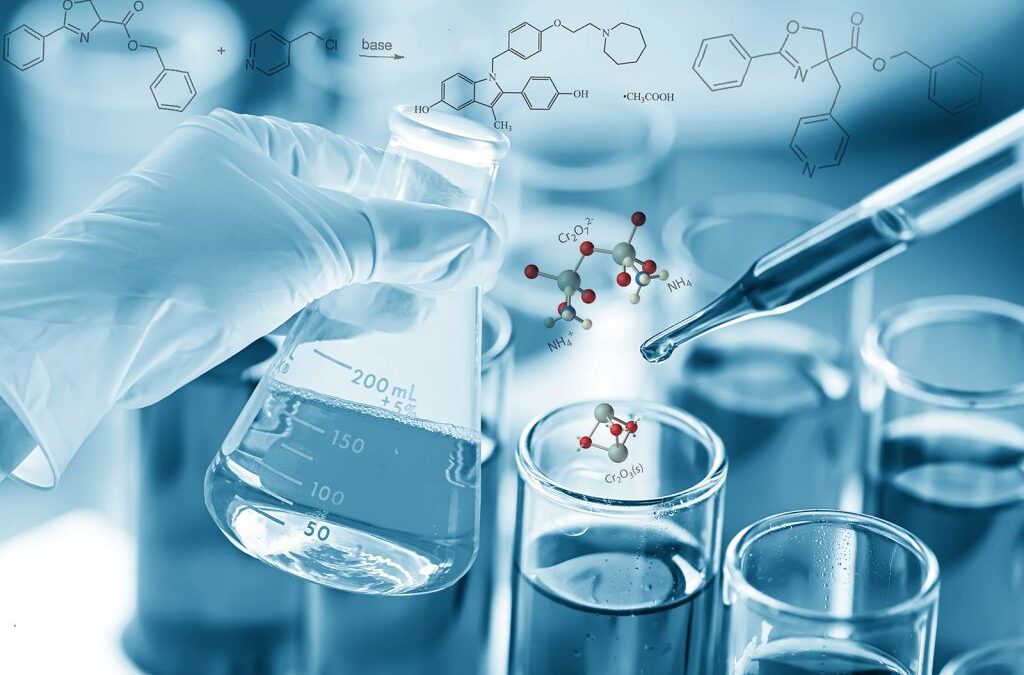AUTHOR
Roopak Subramanian
Technical Officer (QC) at MPEDA QC Laboratory, Kochi

Introduction
Residue traceability involves tracking a contaminated food product back through the supply chain to its origin. This includes identifying the farm where the product was sourced and determining which chemicals (such as pesticides or veterinary drugs) may have caused the residue. This traceability process is vital for accountability and ensuring that any food residue is linked to its source, helping to pinpoint the cause of contamination and ensuring corrective measures. The primary goal of residue analysis is to confirm that food is free from harmful substances and to ensure the traceability of food products to their sources, ensuring safety throughout the supply chain.
Definitions
Residues are substances that remain in food after the application of chemicals like veterinary drugs or pesticides. Codex Alimentarius defines residues as specified substances present in food or feed due to chemical use. Contaminants are substances unintentionally present in food, often due to production, processing, or environmental contamination.
Historical background
The background for residue analysis traces back to the 1998 EU ban on Indian seafood, which led India to align with EU Council Directive 96/23/EC. This was a crucial step for resuming seafood exports to the EU by ensuring compliance with safety standards for pesticide and veterinary drug residues. While Directive 96/23/EC has been repealed, current regulations, such as Regulation (EU) 2017/625, govern the trade today. Similarly, the United States follows FDA and EPA regulations to manage pesticide and chemical residues in food, and Japan regulates food safety through its Food Sanitation Act. Other major countries that have residue analysis requirements include Russia, South Korea, South Africa, and Vietnam. Most of these countries derive their Maximum Residue Limits (MRLs) from Codex MRL standards.
Role of Government agencies in residue analysis
Key government bodies involved in residue analysis in India include MPEDA (Marine Products Export Development Authority) and the Export Inspection Council (EIC). MPEDA plays a central role by managing testing and ensuring that the Indian seafood industry complies with international standards. Samples are taken from aquaculture farms by Residue Monitoring Officers (RMO), forwarded to MPEDA’s QC laboratories, and analysed for various parameters like antibiotic residues, pesticides, and heavy metals. These results are communicated to the EIC, which forwards them to relevant international bodies, such as the EU. Regular audits by the EU ensure that Indian seafood meets these residue standards. MPEDA operates several laboratories across India and performs the National Residue Control Program (NRCP) to ensure compliance with these standards.
For More>>

